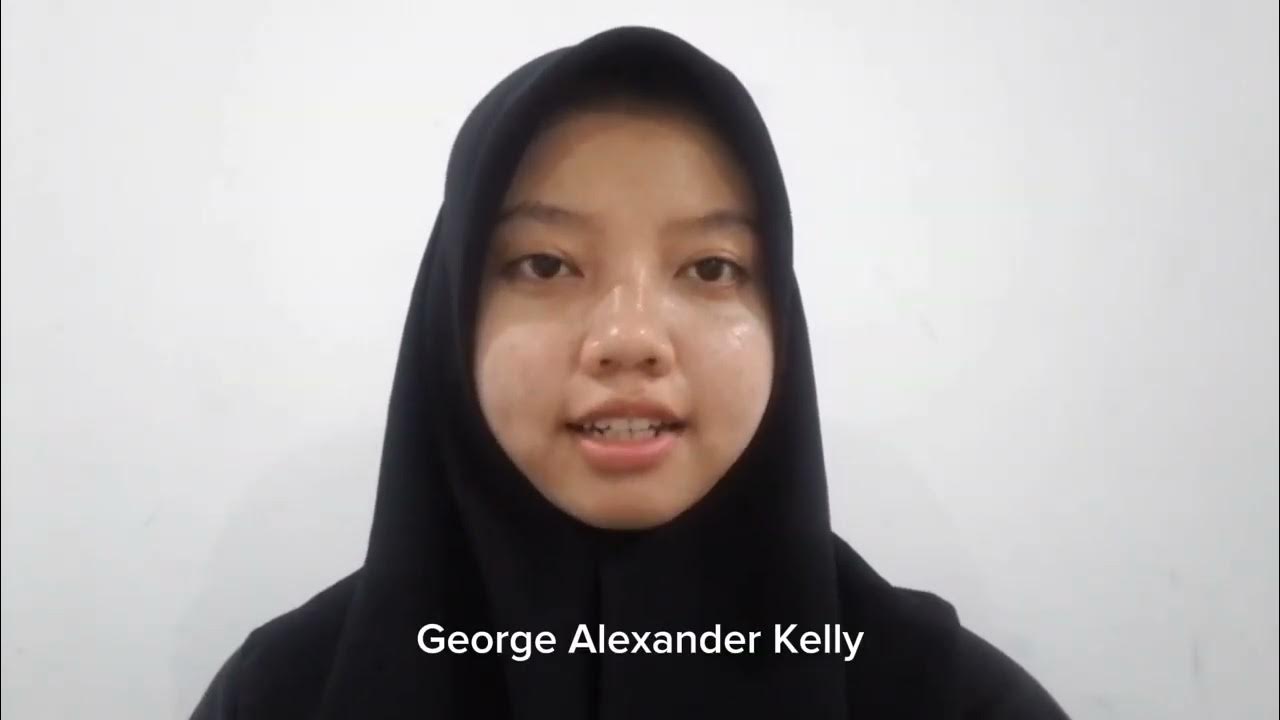Transformative Learning
Summary
TLDRTransformative learning theory, developed by Jack Mezirow in 1975, emphasizes the profound shifts in individuals' meaning schemes, reshaping their perspectives and worldviews. Unlike conventional learning, which adds new knowledge into existing frameworks, transformative learning encourages critical reflection and rational discourse, enabling learners to re-evaluate their assumptions. This process is initiated by a disorienting dilemma, followed by self-reflection and a supportive environment for change. The theory highlights three types of reflection—content, process, and premise—and requires real-life situations for testing new paradigms. Through an example of Bob the Blob, the video illustrates how transformative learning empowers individuals to face new challenges with confidence.
Takeaways
- 😀 Transformative learning theory, developed by Jack Mezirow in 1975, is becoming a dominant philosophy in adult education.
- 😀 People view the world through meaning schemes, which are belief systems and paradigms used to interpret experiences and shape their worldview.
- 😀 Meaning schemes combine to form meaning perspectives, which act as a lens for understanding the world and a person's frame of reference.
- 😀 Transformative learning occurs when a person's meaning schemes shift, leading to a new perspective and worldview, unlike conventional learning where new knowledge is added to existing frameworks.
- 😀 In transformative learning, critical reflection and rational discourse are key processes, allowing learners to evaluate and change their assumptions and beliefs.
- 😀 Mezirow identifies three types of reflection: content reflection (examining the problem's content), process reflection (examining the approach to solving the problem), and premise reflection (questioning the underlying assumptions).
- 😀 Premise reflection is the deepest and often leads to transformative learning, as it challenges core beliefs and assumptions.
- 😀 A disorienting problem, often in the form of new information or experience that doesn't fit within the learner's current meaning scheme, is essential for transformative learning.
- 😀 Learners need a safe environment to reflect and evaluate the disorienting problem, especially when challenging erroneous beliefs, as this process can cause discomfort and resistance.
- 😀 An effective instructor is crucial in guiding learners through the transformation process, helping them navigate the discomfort of changing their worldview.
- 😀 Real-life situations are important for testing and applying newly developed paradigms, ensuring that the transformative learning experience is practical and grounded.
Q & A
What is transformative learning theory?
-Transformative learning theory, developed by Jack Mezirow in 1975, is a philosophy in adult education that focuses on how individuals change their worldviews and belief systems through critical reflection and experience.
How do meaning schemes and meaning perspectives relate to transformative learning?
-Meaning schemes are individual belief systems or paradigms used to interpret experiences. When these schemes come together, they form a meaning perspective, which acts as a lens for viewing the world. Transformative learning occurs when a person’s meaning schemes shift, resulting in a new meaning perspective.
What is the main difference between transformative learning and conventional learning?
-In conventional learning, new knowledge is added to an existing framework without changing the learner’s beliefs. In transformative learning, new information leads to a shift in the learner's worldview, challenging and changing their fundamental assumptions.
What role does critical reflection play in transformative learning?
-Critical reflection is essential to transformative learning. It involves delving deeper into one’s experiences and questioning why they interpret things the way they do. This reflection helps learners to evaluate and challenge their existing beliefs, leading to a shift in their meaning perspective.
What are the three types of reflection described by Mezirow?
-The three types of reflection are: 1) Content reflection, where the learner examines the problem's content; 2) Process reflection, which involves examining the techniques or methods used to address the problem; 3) Premise reflection, the deepest form, where the learner questions the problem itself and its purpose in their life.
What is a 'disorienting dilemma' in the context of transformative learning?
-A disorienting dilemma is a challenge or new experience that does not fit within the learner’s current meaning scheme, creating confusion or discomfort. It often serves as the catalyst for transformative learning.
Why is a safe environment important for transformative learning?
-A safe environment is crucial because it allows learners to reflect critically on their beliefs without fear of judgment. This is especially important when confronting discomforting or challenging realizations about their worldview.
What role does a mentor play in transformative learning?
-A mentor provides guidance and support during the transformative learning process, helping the learner navigate the discomfort of challenging their beliefs and ensuring they do not get stuck in the disorienting phase.
How does real-life application impact transformative learning?
-Real-life situations provide learners with the opportunity to test their newly developed perspectives in practical scenarios. This application helps solidify the transformation and gives the learner confidence in navigating new challenges.
Can you explain the example of Bob the Blob in the context of transformative learning?
-Bob the Blob initially navigates challenges using his existing belief system but encounters a problem that his current framework cannot solve, leading to disorientation. With help from his mentor, Bob reflects critically on his experience and eventually adopts a new approach (shape) that allows him to overcome the obstacle. This process illustrates how transformative learning leads to new perspectives and problem-solving abilities.
Outlines

このセクションは有料ユーザー限定です。 アクセスするには、アップグレードをお願いします。
今すぐアップグレードMindmap

このセクションは有料ユーザー限定です。 アクセスするには、アップグレードをお願いします。
今すぐアップグレードKeywords

このセクションは有料ユーザー限定です。 アクセスするには、アップグレードをお願いします。
今すぐアップグレードHighlights

このセクションは有料ユーザー限定です。 アクセスするには、アップグレードをお願いします。
今すぐアップグレードTranscripts

このセクションは有料ユーザー限定です。 アクセスするには、アップグレードをお願いします。
今すぐアップグレード関連動画をさらに表示

introducing transformative learning theory

Adult Learning Theory

A Brief Introduction to Coordinated Management of Meaning (CMM)

Teori Victor frankl (Logoterapi) & George Alexander Kelly (Personal Construck Theory)

A Chave de Romanos 12:2 Que Você Precisa Saber | Napoleon Hill

Jordan Peterson WEEPING: "People Need So Little Encouragement!"
5.0 / 5 (0 votes)
